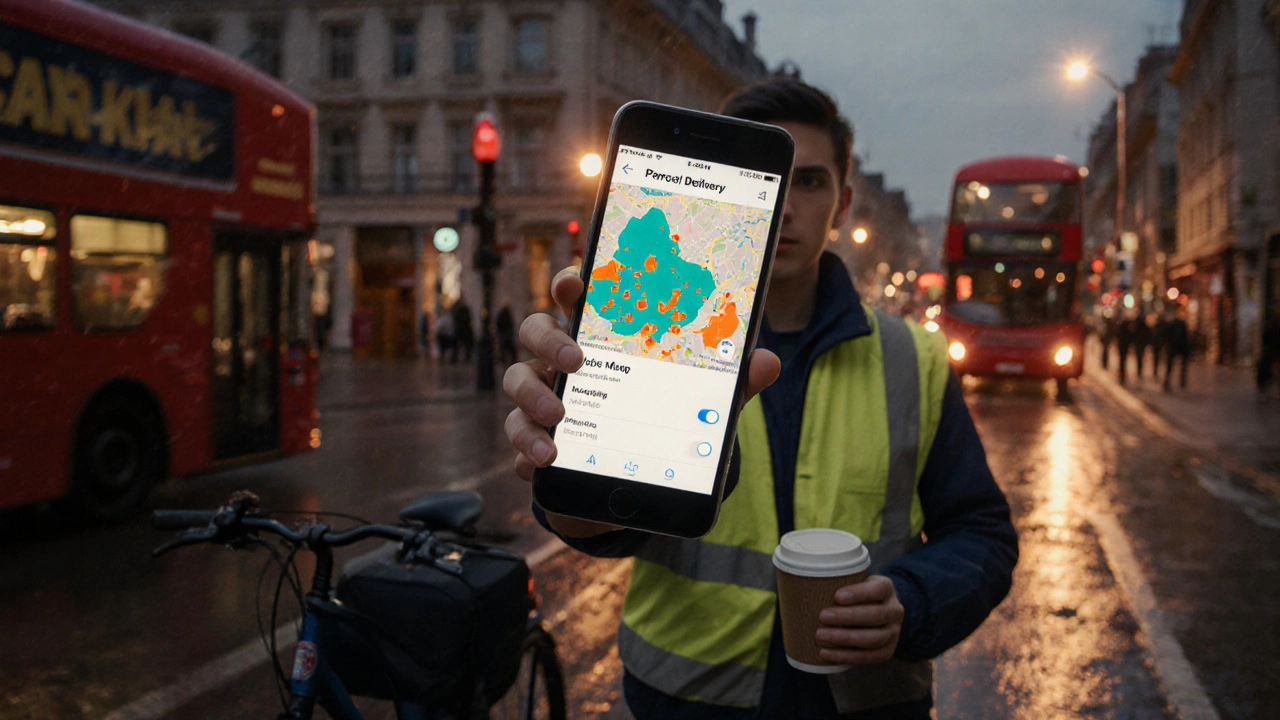Gig Economy Courier: What It Is and How It Helps You
Ever wondered why you see delivery drivers with their own phones, apps, and schedules? That's the gig economy courier in action. Instead of a full‑time job with a set shift, you pick up jobs when you want, earn per delivery, and keep control of your time. For businesses, this model means faster last‑mile service without the overhead of a permanent fleet.
At its core, a gig courier uses a platform—like Swiggy, Zomato, or a local logistics app—to match parcels with available drivers nearby. The platform handles routing, payment, and tracking, while you focus on picking up the package and getting it to the customer. No paperwork, no long‑term contracts, just a simple app and a vehicle, whether it’s a bike, scooter, or van.
Why More People Choose Gig Courier Work
Flexibility tops the list. You can log in during evenings, weekends, or any free hour, making it easy to fit work around another job or studies. Because pay is per delivery, extra effort usually means extra cash, and you see the results instantly.
Another draw is low entry barriers. Most platforms only require a valid ID, a clean driving record, and a vehicle that meets basic safety standards. Some even offer short onboarding videos, so you’re ready to start delivering within a day.
For cities with heavy traffic, the gig model helps reduce congestion. Instead of a large fleet parked at a depot, many small drivers spread out across neighborhoods, cutting down on deadhead miles (the distance traveled without a load). That efficiency can translate into lower costs for both the courier and the e‑commerce business they serve.
Tips to Succeed as a Gig Economy Courier
1. Know Your Hot Spots. Track which areas generate the most orders during different times of day. Being close to a busy restaurant during lunch or a retail hub during evening can boost your earnings.
2. Keep Your Vehicle Ready. Regular maintenance, a clean bike, and a reliable phone battery prevent missed jobs and unhappy customers.
3. Master the App. Learn how to accept, reject, and reassign orders quickly. Some platforms let you set preferences for order size or distance—use those settings to match your comfort level.
4. Communicate Clearly. A quick text to a customer confirming pickup time or a friendly thumbs‑up when you hand over a parcel builds trust and can lead to better ratings.
5. Track Your Earnings. Most apps display daily earnings, but keep a personal log too. Knowing how many deliveries you need to hit a target helps you plan shifts efficiently.
6. Stay Safe. Wear a helmet, follow traffic rules, and avoid risky shortcuts. Safety not only protects you but also keeps your account in good standing with the platform.
By treating each delivery as a small business transaction, you can optimize routes, manage time, and watch your income grow. The gig economy courier model is still evolving, with new features like real‑time traffic integration and AI‑driven demand forecasting. Staying updated on platform updates can give you a competitive edge.
Whether you’re looking for a side hustle or a full‑time gig, the courier world offers a clear path: sign up, get the app, start delivering, and watch your earnings stack up. The flexibility, low entry cost, and immediate pay make it a compelling option for anyone who wants to earn on their own terms.
Can You Use Uber as a Courier? A Practical Guide for UK Gig Workers
Learn how to become an Uber courier in the UK, from signing up and legal requirements to earnings, pros and cons, and tips for maximizing income.
Read More